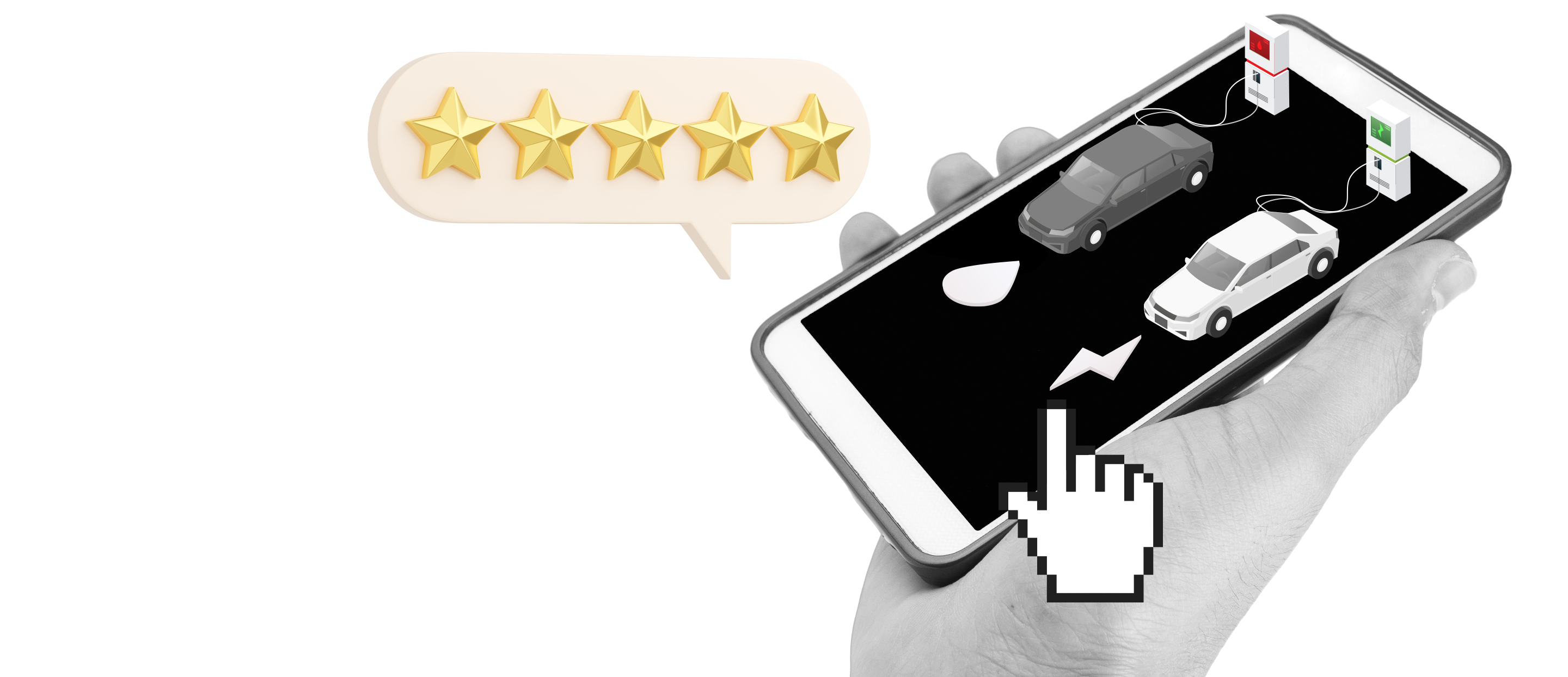Providing good service is no longer enough. The way to go? Integrating customer service with field service to improve customer certainty.
To achieve that, energy companies will need to go the extra mile by following up with their customers after a certain event has taken place—like a power outage—to assess whether they may require additional services, such as double checking that the power is back on or if the electricity meters are functioning as normal, and, most importantly, how they could have handled things better. If the outage was caused by a natural disaster, the energy provider may want to check if any repairs are still required in the neighborhoods they provide energy for. It’s more than just about the initial transaction; it’s about the quality of service and the reliability of a company in times of need.
Changing the way customers engage with utilities must go beyond apps and data to include call centers. A modern CRM can connect data and touchpoints to transform customer engagement and reduce workforce costs while giving unprecedented visibility into the end-to-end customer journey. The CRM also enables the 360° customer data that is essential for energy companies to get the right information and resources to the right customers during a crisis. Eventually, this also helps utilities coordinate with the public sector to swiftly get things back to normal.
This 360-customer data will also help energy suppliers get ahead of government mandates by recommending energy-saving solutions for their customers in the form of actionable insights and nudges. But doing it right requires removing data silos across an organization and gathering advanced insights on consumer consumption patterns that will help guide customers on how to limit and conserve energy, as well as the best time to use it, all with the purpose of lowering rising bills.
Connecting data across the organization will also generate valuable insights to understand the customer, the home the units and ultimately the products that can be recommended and even developed to meet their needs, reduce consumption, and build trust between providers and customers.
For example, the Oshawa Peak Power App built by Publicis Sapient for the Ontario Energy Board disaggregated consumers’ home devices to identify which ones were using the largest amount of energy, and based on those insights, offered personalized tips, products and solutions.
Learn about our partnership with the Ontario Energy Board.








 Close
Close